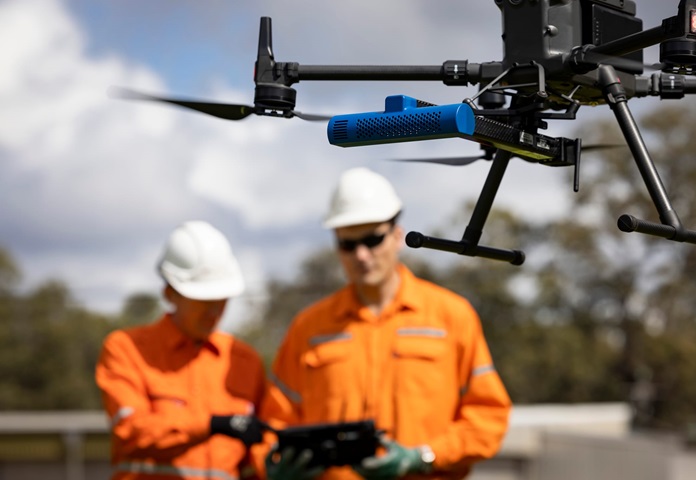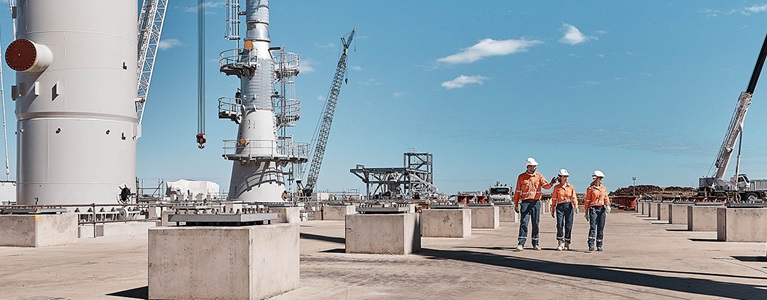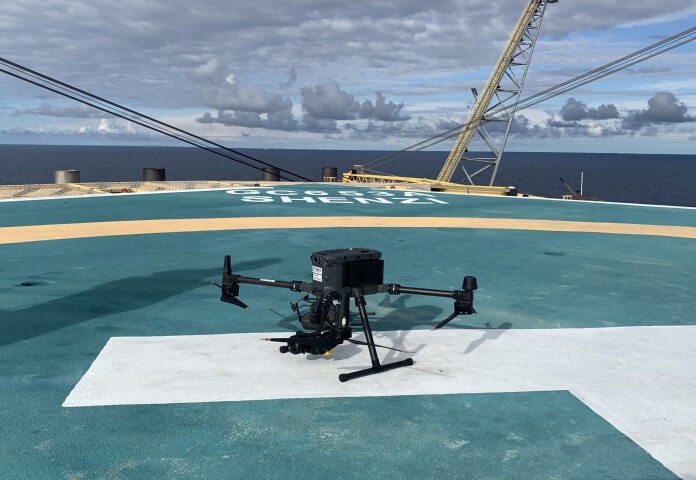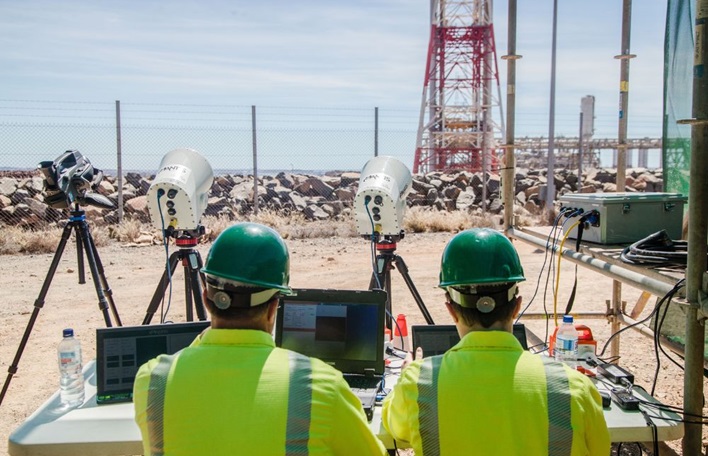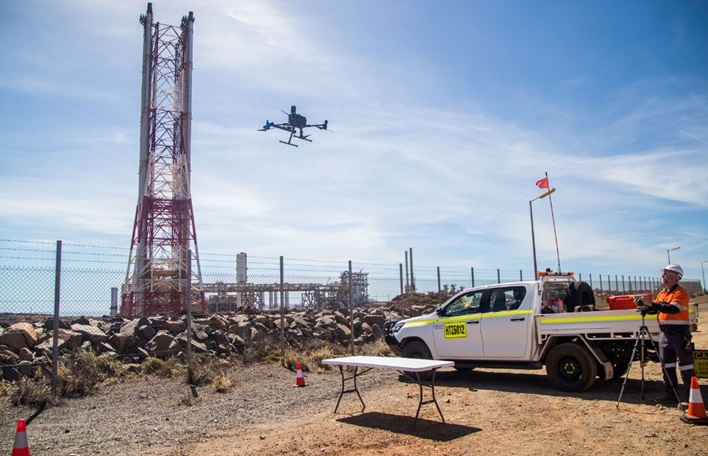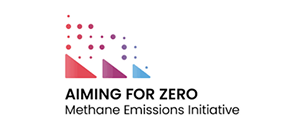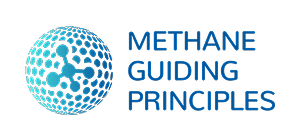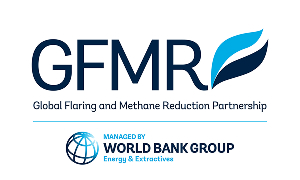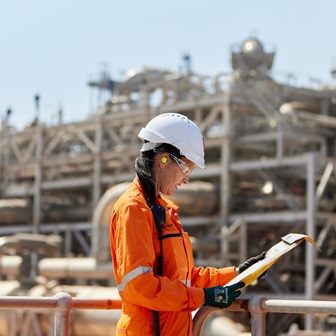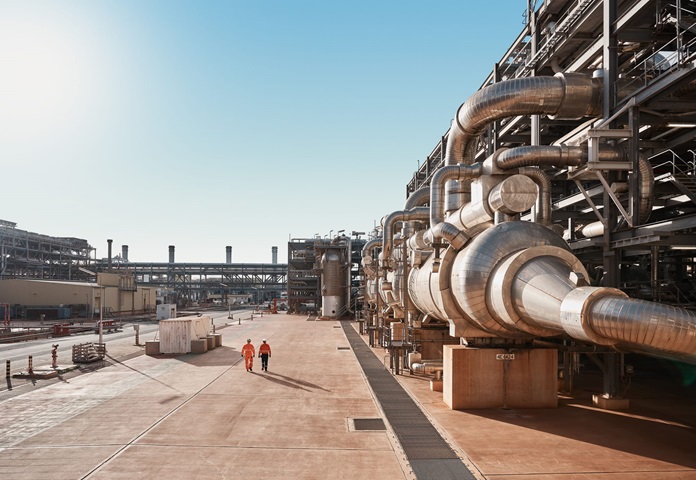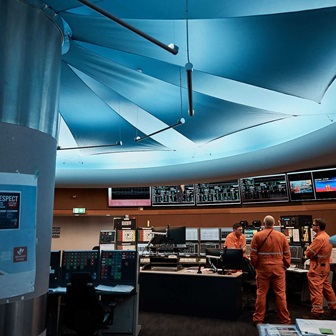| Project Name | Project ID | Project Developer / Project Proponent | Project Type | Method | Country | Vintage | Volume |
|---|
| Genneia Wind Projects in Argentina | Verra VCS 1987 | Genneia S.A. | Renewable - Wind | ASM0002: Consolidated methodology for grid-connected electricity generation from renewable sources | Argentina | 2019 | 253,141 |
| Aqua Downs Station Regeneration Project | ACCU Scheme ERF101647 | Rowan William Douglas; Jessica Gaye Douglas | Human Induced Regeneration | Carbon Credits (Carbon Farming Initiative) (Human-Induced Regeneration of a Permanent Even-Aged Native Forest-1.1) Methodology Determination 2013 (Compilation No. 3) | Australia | 2022 | 371 |
| Arbon - Tooligie - Human Induced Regeneration | ACCU Scheme EOP100275 | Terra Carbon Pty Limited | Human Induced Regeneration | Carbon Credits (Carbon Farming Initiative) (Human-Induced Regeneration of a Permanent Even-Aged Native Forest-1.1) Methodology Determination 2013 (Compilation No. 1) | Australia | 2022 | 4,376 |
| Armoobilla Regeneration Project | ACCU Scheme ERF101794 | LANIN HOLDINGS PTY LTD, NINAL VENTURES PTY LTD | Human Induced Regeneration | Carbon Credits (Carbon Farming Initiative) (Human-Induced Regeneration of a Permanent Even-Aged Native Forest-1.1) Methodology Determination 2013 (Compilation No. 1) | Australia | 2022 | 15,355 |
| Austin Downs Station Regeneration Project | ACCU Scheme ERF121665 | Jackson, Tom Staley | Human Induced Regeneration | Carbon Credits (Carbon Farming Initiative) (Human-Induced Regeneration of a Permanent Even-Aged Native Forest-1.1) Methodology Determination 2013 (Compilation No. 3) | Australia | 2022 | 15,000 |
| Bally Castle Regeneration Project | ACCU Scheme ERF101230 | Nielsen, Richard Andrew | Human Induced Regeneration | Carbon Credits (Carbon Farming Initiative) (Human-Induced Regeneration of a Permanent Even-Aged Native Forest-1.1) Methodology Determination 2013 (Compilation No. 1) | Australia | 2022 | 2,583 |
| Barcheka Regeneration project | ACCU Scheme ERF101477 | Standfield, Gregory William | Human Induced Regeneration | Carbon Credits (Carbon Farming Initiative) (Human-Induced Regeneration of a Permanent Even-Aged Native Forest-1.1) Methodology Determination 2013 (Compilation No. 3) | Australia | 2022 | 9,137 |
| Barrambie Station Regeneration Project | ACCU Scheme ERF160538 | Mark Clancy Taylor | Human Induced Regeneration | Carbon Credits (Carbon Farming Initiative) (Human-Induced Regeneration of a Permanent Even-Aged Native Forest-1.1) Methodology Determination 2013 (Compilation No. 3) | Australia | 2022 | 450 |
| Bierbank and Lanherne Regeneration Project | ACCU Scheme ERF101308 | Pulsford, Alan Carl and Pulsford, Therese Martha | Human Induced Regeneration | Carbon Credits (Carbon Farming Initiative) (Human-Induced Regeneration of a Permanent Even-Aged Native Forest-1.1) Methodology Determination 2013 (Compilation No. 1) | Australia | 2021 | 4,000 |
| Buderim Landfill Gas Project | ACCU Scheme EOP100101 | LMS Energy Pty Ltd | Landfill Gas | Carbon Credits (Carbon Farming Initiative-Landfill Gas) Methodology Determination 2015 (Compilation No. 1) | Australia | 2022 | 1,335 |
| Central Arnhem Land Fire Abatement (CALFA) Project | ACCU Scheme EOP100947 | ALFA (NT) Limited | Savanna burning | Carbon Credits (Carbon Farming Initiative-Emissions Abatement through Savanna Fire Management) Methodology Determination 2015) | Australia | 2022 | 30,001 |
| Cessnock Landfill Gas Project | ACCU Scheme EOP100648 | LMS Energy Pty Ltd | Landfill Gas | Carbon Credits (Carbon Farming Initiative-Landfill Gas) Methodology Determination 2015 (Compilation No. 1) | Australia | 2022 | 2,030 |
| Clovelly Regeneration Project | ACCU Scheme ERF101318 | Turner, Sally Anne and Osborne, Anne Maree | Human Induced Regeneration | Carbon Credits (Carbon Farming Initiative) (Human-Induced Regeneration of a Permanent Even-Aged Native Forest-1.1) Methodology Determination 2013 (Compilation No. 1) | Australia | 2021 | 6 |
| Colac Beltram Munberry Haredean (CBMH) Regeneration Project | ACCU Scheme ERF101800 | LANIN HOLDINGS PTY LTD, NINAL VENTURES PTY LTD | Human Induced Regeneration | Carbon Credits (Carbon Farming Initiative) (Human-Induced Regeneration of a Permanent Even-Aged Native Forest-1.1) Methodology Determination 2013 (Compilation No. 1) | Australia | 2021 | 9,476 |
| Copping Landfill Gas Project | ACCU Scheme EOP100649 | LMS Energy Pty Ltd | Landfill Gas | Carbon Credits (Carbon Farming Initiative-Electricity Generation from Landfill Gas) Methodology Determination 2021 (Compilation No. 1) | Australia | 2022 | 11,423 |
| Darling River Conservation Initiative Site #9 | ACCU Scheme ERF132688 | Terra Carbon Pty Limited | Human Induced Regeneration | Carbon Credits (Carbon Farming Initiative) (Human-Induced Regeneration of a Permanent Even-Aged Native Forest-1.1) Methodology Determination 2013 (Compilation No. 3) | Australia | 2021 | 183 |
| Darling River Eco Corridor 27 | ACCU Scheme ERF115288 | Terra Carbon Pty Limited | Human Induced Regeneration | Carbon Credits (Carbon Farming Initiative) (Human-Induced Regeneration of a Permanent Even-Aged Native Forest-1.1) Methodology Determination 2013 (Compilation No. 2) | Australia | 2021 | 3 |
| Darling River Eco Corridor 4 | ACCU Scheme ERF103209 | Terra Carbon Pty Limited | Human Induced Regeneration | Carbon Credits (Carbon Farming Initiative) (Human-Induced Regeneration of a Permanent Even-Aged Native Forest-1.1) Methodology Determination 2013 (Compilation No. 2) | Australia | 2021 | 157 |
| Darling River Eco Corridor 7 | ACCU Scheme ERF103313 | Terra Carbon Pty Limited | Human Induced Regeneration | Carbon Credits (Carbon Farming Initiative) (Human-Induced Regeneration of a Permanent Even-Aged Native Forest-1.1) Methodology Determination 2013 (Compilation No. 1) | Australia | 2021 | 3,085 |
| Doobibla Regeneration Project | ACCU Scheme ERF111238 | Samuel Alexander Morris | Human Induced Regeneration | Carbon Credits (Carbon Farming Initiative) (Human-Induced Regeneration of a Permanent Even-Aged Native Forest-1.1) Methodology Determination 2013 (Compilation No. 2) | Australia | 2021 | 13,000 |
| Drysdale Landfill Gas Project | ACCU Scheme EOP100162 | LMS Energy Pty Ltd | Landfill Gas | Carbon Credits (Carbon Farming Initiative-Electricity Generation from Landfill Gas) Methodology Determination 2021 (Compilation No. 1) | Australia | 2022 | 11,509 |
| Eastern Creek 2 Landfill Gas Project | ACCU Scheme EOP100163 | LMS Energy Pty Ltd | Landfill Gas | Carbon Credits (Carbon Farming Initiative-Electricity Generation from Landfill Gas) Methodology Determination 2021 (Compilation No. 1) | Australia | 2022 | 28,838 |
| Glengeera Forest Regeneration Project | ACCU Scheme ERF101545 | Karbill Pty Ltd | Human Induced Regeneration | Carbon Credits (Carbon Farming Initiative) (Human-Induced Regeneration of a Permanent Even-Aged Native Forest-1.1) Methodology Determination 2013 (Compilation No. 1) | Australia | 2021 | 247 |
| Hallam Landfill Gas Project | ACCU Scheme EOP100093 | LMS Energy Pty Ltd | Landfill Gas | Carbon Credits (Carbon Farming Initiative-Electricity Generation from Landfill Gas) Methodology Determination 2021 (Compilation No. 1) | Australia | 2022 | 13,157 |
| Heffernan Forest Regeneration Project | ACCU Scheme ERF103181 | Heffernan, Garry Michael | Human Induced Regeneration | Carbon Credits (Carbon Farming Initiative) (Human-Induced Regeneration of a Permanent Even-Aged Native Forest-1.1) Methodology Determination 2013 (Compilation No. 2) | Australia | 2021 | 10,000 |
| Jandra/Nulty Regeneration Project | ACCU Scheme ERF101511 | Ridge, Phillip Hugh | Human Induced Regeneration | Carbon Credits (Carbon Farming Initiative) (Human-Induced Regeneration of a Permanent Even-Aged Native Forest-1.1) Methodology Determination 2013 (Compilation No. 1) | Australia | 2021 | 9,494 |
| Maitland Landfill Gas Project | ACCU Scheme EOP100651 | LMS Energy Pty Ltd | Landfill Gas | Carbon Credits (Carbon Farming Initiative-Landfill Gas) Methodology Determination 2015 (Compilation No. 1) | Australia | 2022 | 3,348 |
| Molendinar Landfill Gas Project | ACCU Scheme EOP100501 | LMS Energy Pty Ltd | Landfill Gas | Carbon Credits (Carbon Farming Initiative-Landfill Gas) Methodology Determination 2015 (Compilation No. 1) | Australia | 2021 -2022 | 3,615 |
| NAWMA Landfill Gas Project | ACCU Scheme EOP100657 | LMS Energy Pty Ltd | Landfill Gas | Carbon Credits (Carbon Farming Initiative-Electricity Generation from Landfill Gas) Methodology Determination 2021 (Compilation No. 1) | Australia | 2022 | 10,376 |
| North West Regeneration Project | ACCU Scheme ERF101671 | Mudford, Robert Thomas and Mudford, Scott Arthur | Human Induced Regeneration | Carbon Credits (Carbon Farming Initiative) (Human-Induced Regeneration of a Permanent Even-Aged Native Forest-1.1) Methodology Determination 2013 (Compilation No. 1) | Australia | 2021 | 9,638 |
| Orient Regeneration Project | ACCU Scheme ERF119549 | Usher Pastoral Company Pty Ltd | Human Induced Regeneration | Carbon Credits (Carbon Farming Initiative) (Human-Induced Regeneration of a Permanent Even-Aged Native Forest-1.1) Methodology Determination 2013 (Compilation No. 2) | Australia | 2021 | 1,987 |
| Paroo River Ecosystem Restoration Project | ACCU Scheme ERF103139 | Terra Carbon Pty Limited | Human Induced Regeneration | Carbon Credits (Carbon Farming Initiative) (Human-Induced Regeneration of a Permanent Even-Aged Native Forest-1.1) Methodology Determination 2013 (Compilation No. 2) | Australia | 2021 | 220 |
| Reedy Creek Landfill Gas Project | ACCU Scheme EOP101202 | LMS Energy Pty Ltd | Landfill Gas | Carbon Credits (Carbon Farming Initiative-Electricity Generation from Landfill Gas) Methodology Determination 2021 (Compilation No. 1) | Australia | 2021 - 2022 | 22,674 |
| SouthGlen Native Forest Regeneration Project | ACCU Scheme ERF105022 | Kerin, Luke John and Kerin, John Martin | Human Induced Regeneration | Carbon Credits (Carbon Farming Initiative) (Human-Induced Regeneration of a Permanent Even-Aged Native Forest-1.1) Methodology Determination 2013 (Compilation No. 2) | Australia | 2021 | 2,511 |
| Stapylton Landfill Gas Project | ACCU Scheme EOP100540 | LMS Energy Pty Ltd | Landfill Gas | Carbon Credits (Carbon Farming Initiative-Electricity Generation from Landfill Gas) Methodology Determination 2021 (Compilation No. 1) | Australia | 2021 | 24,422 |
| Suntown Landfill Gas Project | ACCU Scheme EOP100541 | LMS Energy Pty Ltd | Landfill Gas | Carbon Credits (Carbon Farming Initiative-Landfill Gas) Methodology Determination 2015 (Compilation No. 1) | Australia | 2021 | 2,766 |
| Tambua Regeneration Project | ACCU Scheme ERF101323 | Evans, Paul Kenneth | Human Induced Regeneration | Carbon Credits (Carbon Farming Initiative) (Human-Induced Regeneration of a Permanent Even-Aged Native Forest-1.1) Methodology Determination 2013 (Compilation No. 3) | Australia | 2021 | 14,365 |
| Warbreccan Regeneration Project | ACCU Scheme ERF121758 | K1N Farming Pty Ltd | Human Induced Regeneration | Carbon Credits (Carbon Farming Initiative) (Human-Induced Regeneration of a Permanent Even-Aged Native Forest-1.1) Methodology Determination 2013 (Compilation No. 3) | Australia | 2021 | 3,243 |
| Werai Park Forest Regeneration | ACCU Scheme ERF103091 | Keech, Ian Gordon and Keech, Sheryl Maree | Human Induced Regeneration | Carbon Credits (Carbon Farming Initiative) (Human-Induced Regeneration of a Permanent Even-Aged Native Forest-1.1) Methodology Determination 2013 (Compilation No. 1) | Australia | 2021 | 4 |
| Yarrawonga Cobar Regeneration Project | ACCU Scheme ERF101651 | Snelson, David Leslie | Human Induced Regeneration | Carbon Credits (Carbon Farming Initiative) (Human-Induced Regeneration of a Permanent Even-Aged Native Forest-1.1) Methodology Determination 2013 (Compilation No. 3) | Australia | 2021 | 5,620 |
| Hebei Guyuan County Dongxinying 199.5 MW Wind Power Project | Verra VCS 903 | Hebei Construction Investment New Energy Co., Ltd. | Renewable - Wind | ASM0002: Consolidated methodology for grid-connected electricity generation from renewable sources | China | 2019 | 10,733 |
| Bundled Solar Power Project by Vector Green Sunshine Private Limited and Polepally Solar Parks Private Limited | Verra VCS 1745 | Multiple Proponent | Renewable - Solar | ASM0002: Consolidated methodology for grid-connected electricity generation from renewable sources | India | 2019-2020 | 15,104 |
| Grid Connected Solar Energy Project | Verra VCS 1890 | CLP India Private Limited | Renewable - Solar | ASM0002: Consolidated methodology for grid-connected electricity generation from renewable sources | India | 2020 | 17,599 |
| Katingan Peatland Restoration and Conservation Project | Verra VCS 1477 | PT. Rimba Makmur Utama (PT. RMU) | Agriculture Forestry and Other Land Use | VM007: REDD Methodology Modules | Indonesia | 2019 -2020 | 500,000 |
| Taiba N'Diaye Wind Power | Verra VCS 2588 | Parc Eolien Taiba N’Diaye S.A.U | Renewable - Wind | ASM0002: Consolidated methodology for grid-connected electricity generation from renewable sources | Senegal | 2019-2021 | 137,208 |
| Quang Minh Solar Power Project | Verra VCS 1964 | "Srepok Solar Power Joint Stock Company | Renewable - Solar | ASM0002: Consolidated methodology for grid-connected electricity generation from renewable sources | Vietnam | 2019-2020 | 39,587 |
| | | Carbon credits retired by a third party in relation to non-operated assets (includes ACCUs, VERs and VCUs) | 73,885* |
